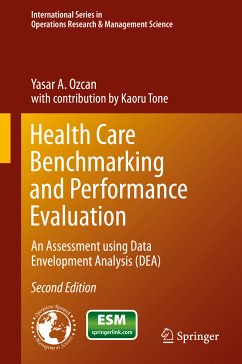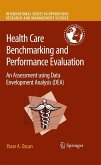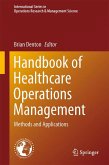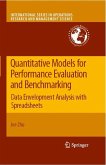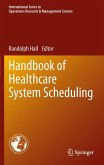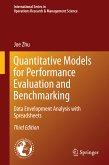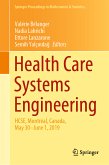Section I considers efficiency evaluations using DEA; returns to scale; weight restricted (multiplier) models; non-oriented or slack-based models, including in this edition two versions of non-controllable variable models and categorical variable models; longitudinal (panel) evaluations; and the effectiveness dimension of performance evaluation. A new chapter then looks at new and advanced models of DEA, including super-efficiency, congestion DEA, network DEA, and dynamic network models. Mathematical formulations of various DEA models are placed in end-of-chapter appendices.
Section II then looks at health care applications within particular settings, chapter-by-chapter, including hospitals, physician practices, nursing homes, and health maintenance organizations (HMOs). Other chapters then explore home health care and home health agencies; dialysis centers, community mental health centers, community-based your services, organ procurement organizations, aging agencies, and dental providers; DEA models to evaluate provider performance for specific treatments, including stroke, mechanical ventilation, and perioperative services. A new chapter then examines international-country-based applications of DEA in health care in 16 different countries, along with OECD and multi-country studies. Most of the existing chapters in this section were expanded with recent applications.
Included with the book is online access to a learning version of DEA Solver software, written by Professor Kaoru Tone, which can solve up to 50DMUs for various DEA models listed in the User's Guide at the end of the book.
Dieser Download kann aus rechtlichen Gründen nur mit Rechnungsadresse in A, B, BG, CY, CZ, D, DK, EW, E, FIN, F, GR, HR, H, IRL, I, LT, L, LR, M, NL, PL, P, R, S, SLO, SK ausgeliefert werden.

